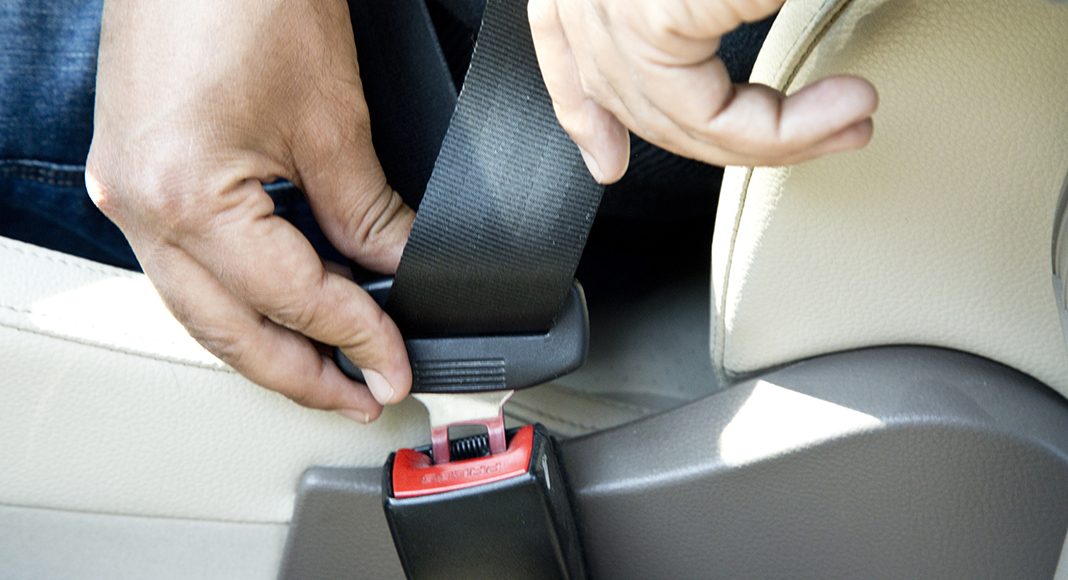Road Safety Week 2018 is currently taking place in New Zealand (May 7-13), with the theme of seat belts and distractions.
A community event held annually in May, Road Safety Week is organized by Brake, the road safety charity. Itâs an opportunity for towns, companies, clubs, schools and nurseries to run their own road safety campaigns and help raise awareness of key road safety issues such as wearing seat belts.
âWe know whilst most people do buckle up, there are still a number of drivers and passengers choosing not to wear a seat belt, and that choice significantly increases your risk of death or serious injury,â said Caroline Perry, Brakeâs NZ Director.
âWe see the devastation that road crashes cause families and communities. Itâs vitally important you buckle up on every trip, even if youâre just going round the corner. We urge drivers to remind their passengers, and refuse to carry a passenger who isnât wearing their seat belt. Weâre also reminding parents to make sure their children are in a child restraint until theyâre 148cm tall. Please remember, seat belts save lives.â
Brakeâs seat belt tips:
- Everyone should always wear a seat belt, on every trip
- Itâs extremely important back seat passengers wear seat belts as well as those in the front seats
- An unrestrained back seat passenger can kill someone else in the vehicle, and themselves, by slamming into someone elseâs head in a crash as they are thrown forward
- Never squeeze extra people in without belts, or sharing the same belt â this can be as dangerous as not wearing one
- Three-point seat belts are far safer than lap belts, because the shoulder strap stops you being thrown forward. However, if only a lap belt is available, you should still wear it
- Children should be in an appropriate child restraint until 148cm tall. Their seat should be appropriate for their height and weight
- Use a child restraint with the New Zealand/Australian Standard tick mark or United Nations E mark, and ensure it is properly fitted. If you need help fitting it, ask a certified Child Restraint Technician
- Always ensure your childâs seat gives his or her head and neck protection. The top of your childâs head should never come above the top of their child seat



















